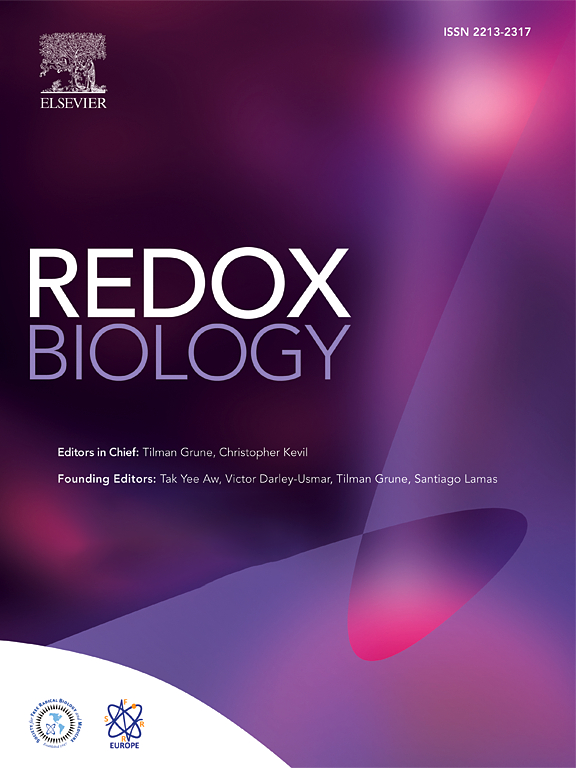ROS regulates circadian rhythms by modulating Ezh2 interactions with clock proteins
IF 10.7
1区 生物学
Q1 BIOCHEMISTRY & MOLECULAR BIOLOGY
引用次数: 0
Abstract
Redox imbalance induced by the accumulation of reactive oxygen species (ROS) accelerates age-related processes, often accompanied by a decrease in circadian rhythm amplitude. However, the underlying mechanisms by which ROS modulate circadian rhythms remain poorly understood. In this study, we found that ROS disrupt circadian rhythms in both zebrafish, as indicated by changes in diurnal behavior and clock gene expression, and in a human cell model. Using weighted gene co-expression network analysis (WGCNA) and machine learning approaches (RF, LASSO, SVM), EZH2 was identified as a key gene involved in regulating circadian rhythms under oxidative stress conditions. To further investigate the role of EZH2, we employed ezh2−/− mutants, Morpholino injection, and overexpression treatment and discovered that EZH2 is crucial in mediating the effect of ROS on circadian rhythms. Furthermore, EZH2 interacts with the CLOCK-BMAL1 complex to regulate the transcription of clock genes, as demonstrated through co-immunoprecipitation (co-IP), chromatin immunoprecipitation (ChIP), and dual-luciferase reporter assays. Our study revealed that ROS disrupt circadian rhythms by regulating the interaction between EZH2 and the CLOCK-BMAL1 complex, shedding light on the molecular mechanisms of circadian rhythm disruption under oxidative stress and suggesting potential targets for age-related and circadian disorders.
求助全文
约1分钟内获得全文
求助全文
来源期刊

Redox Biology
BIOCHEMISTRY & MOLECULAR BIOLOGY-
CiteScore
19.90
自引率
3.50%
发文量
318
审稿时长
25 days
期刊介绍:
Redox Biology is the official journal of the Society for Redox Biology and Medicine and the Society for Free Radical Research-Europe. It is also affiliated with the International Society for Free Radical Research (SFRRI). This journal serves as a platform for publishing pioneering research, innovative methods, and comprehensive review articles in the field of redox biology, encompassing both health and disease.
Redox Biology welcomes various forms of contributions, including research articles (short or full communications), methods, mini-reviews, and commentaries. Through its diverse range of published content, Redox Biology aims to foster advancements and insights in the understanding of redox biology and its implications.
 求助内容:
求助内容: 应助结果提醒方式:
应助结果提醒方式:


